Use this worksheet with your students when teaching them how to make an inference.
Teach Your Students How to Make an Inference
Teaching students to make inferences is a key skill that helps them become more critical readers and thinkers. If you are looking for some tips on how to teach the skill of inference to your students, here are some engaging strategies to try!
- Start with Visual Inferences – Begin with pictures or illustrations. Show a picture and ask students to infer what might be happening, encouraging them to support their ideas with evidence from the image.
- Use Context Clues – Read short passages or stories together and highlight words or phrases that provide clues. Discuss how these clues help make educated guesses about characters, settings, or events.
- Model Thinking Aloud – Demonstrate your own thinking process while making inferences. Narrate how you arrive at conclusions based on clues from the text or situation.
- Graphic Organizers – Use graphic organizers like T-charts or graphic grids to visually represent evidence and inferences. This helps students organize their thoughts and see the connections between clues and conclusions.
It’s important to practice and be patient to improve inference skills. Encourage students to share and discuss their inferences while highlighting the significance of backing up their conclusions with evidence from the text or context. By making inferences interactive and engaging, students can develop better comprehension skills and a deeper understanding of what they are reading.
Practice Answering Inference Questions
Teach Starter has created a double-sided worksheet to use in your classroom when teaching your students how to infer. Students will read through a series of scenarios and make an inference about each one. Then, they must give supporting evidence for their answers.
Have your students complete the worksheet independently as a formative assessment to see who needs extra support, or project it on the whiteboard and complete it together as a class when teaching the skill.
Looking for a more active way to use this resource? Why not cut out each question and hang them around your classroom to make a gallery walk activity? Assign a pair of students to each question and have them rotate through the questions, answering each one on a numbered piece of paper.
An answer key is included in the download to make grading fast and easy!
How to Get Your Inferencing Worksheet
If you are ready to get your hands on this reading worksheet, head on over to the green download button! Here, you will find the quick-print PDF file and the editable Google Slides document. If selecting the Google Slides option, please note that you will first be prompted to make a copy of the resource to your personal drive before accessing it.
This resource was created by Jennifer Hall, a teacher in North Carolina and a Teach Starter Collaborator.
Looking for More Inference Resources?
If you are looking to expand your collection of inference activities, check out some of our suggestions below!
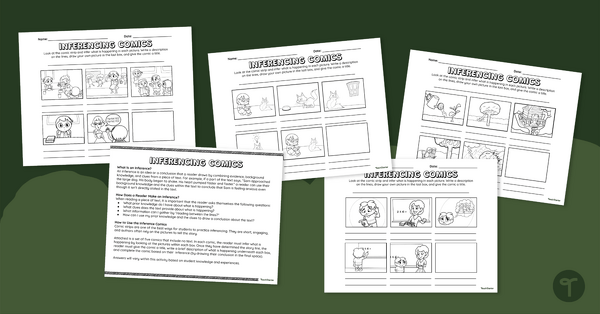
teaching resource
Inferencing Comics
Use this set of comic strips when teaching your students how to infer information from everyday situations.

teaching resource
Making an Inference – Graphic Organizer Pack
Use these graphic organizers with your students when teaching them how to use text evidence to make inferences.
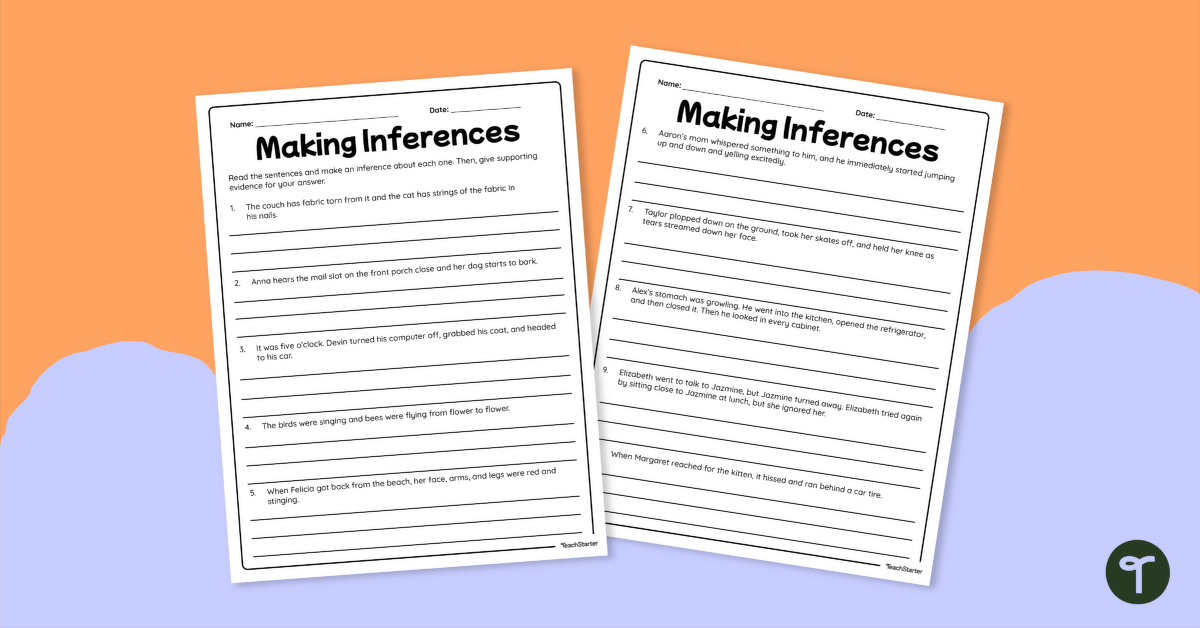

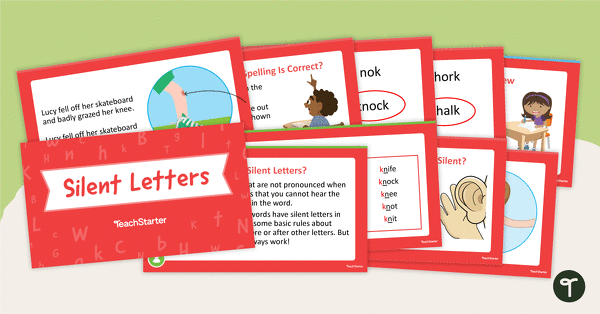
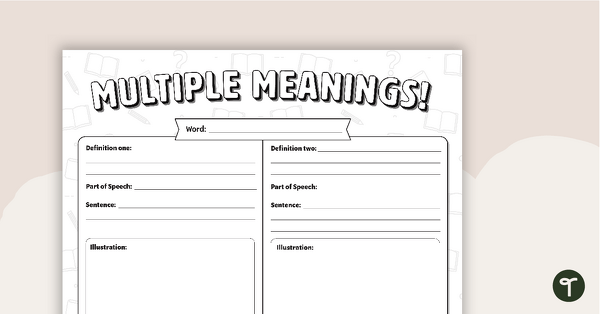
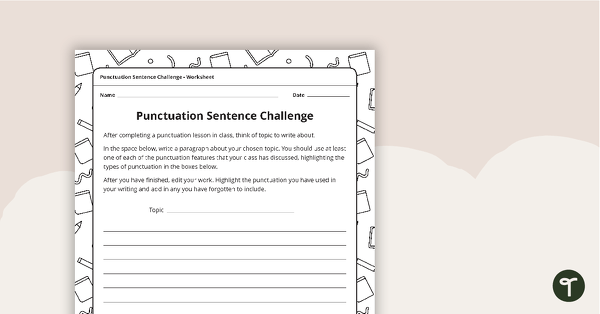
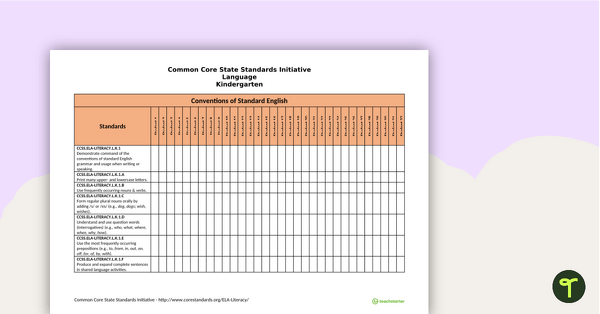
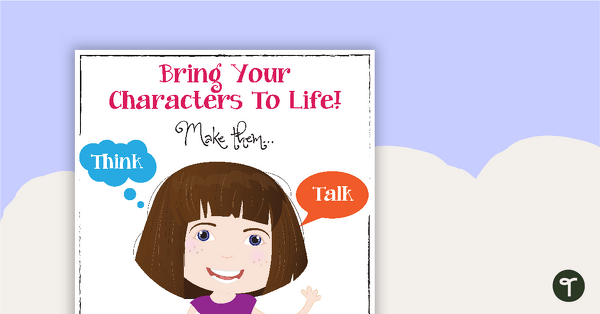
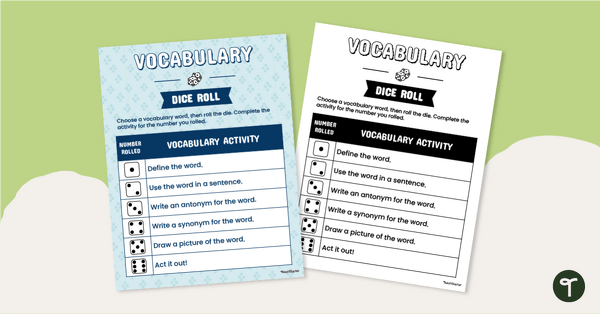
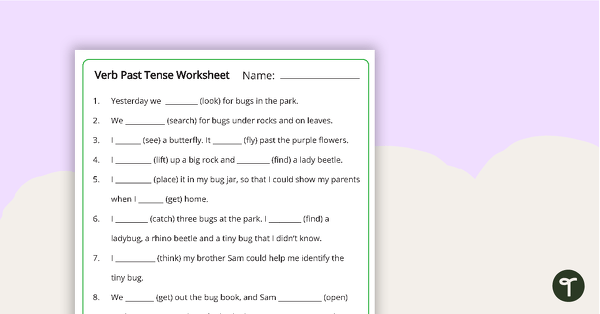
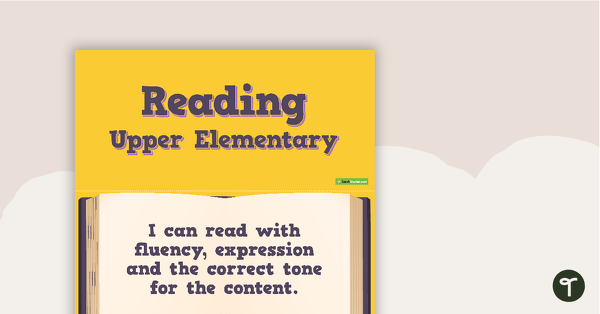
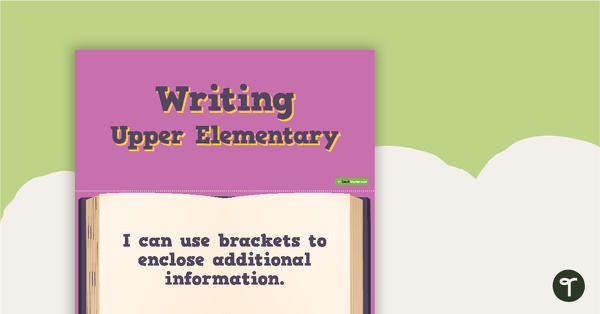
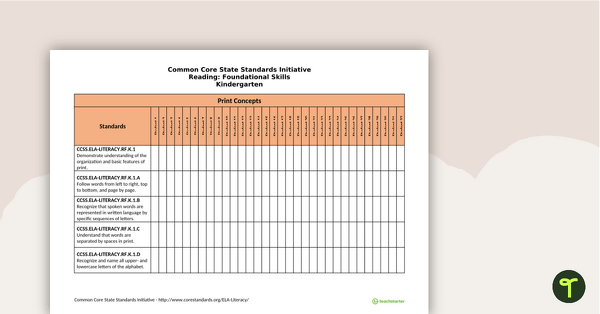
0 Comments
Write a review to help other teachers and parents like yourself. If you'd like to request a change to this resource, or report an error, select the corresponding tab above.